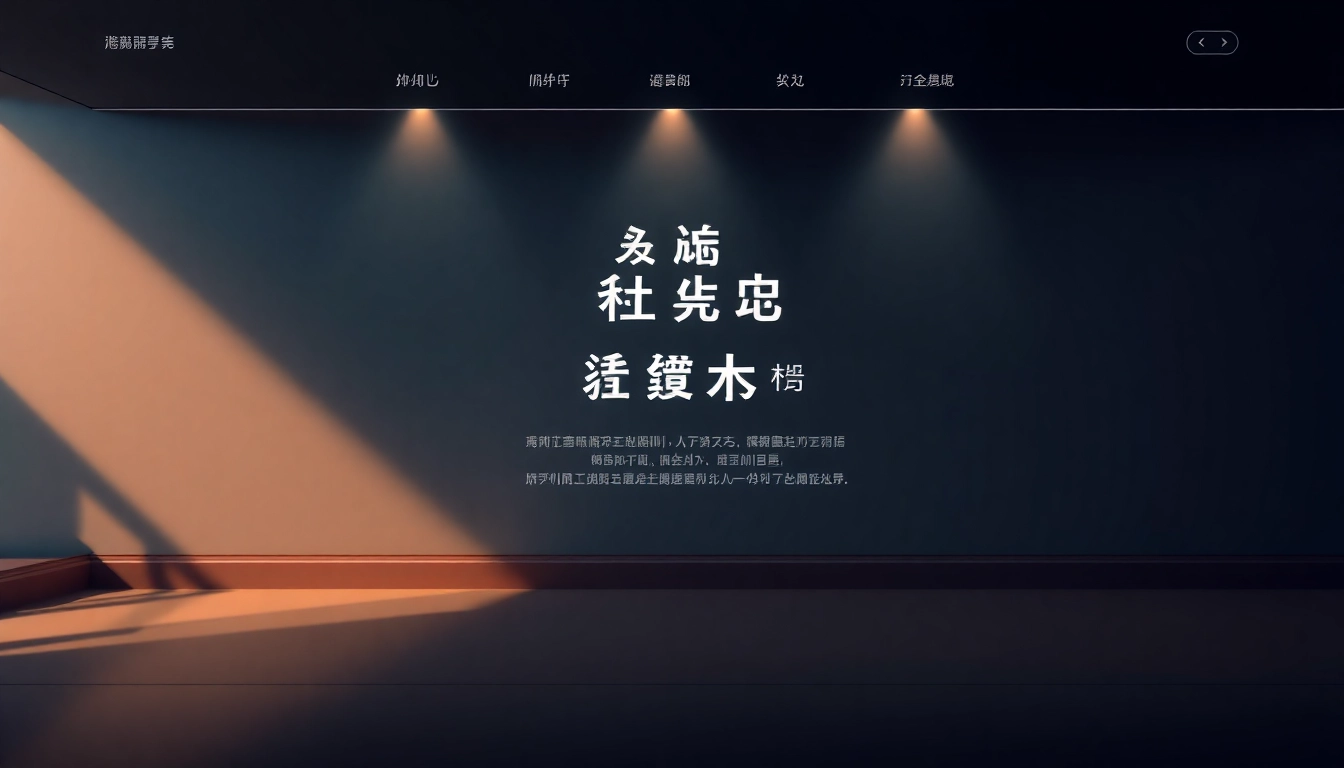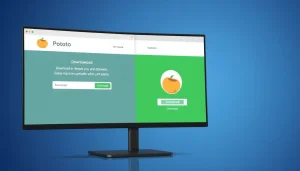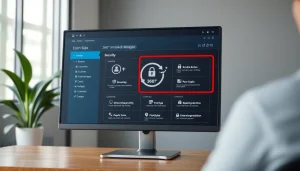Harness the Power of Competitive Intelligence Services for Strategic Business Growth
Understanding Competitive Intelligence Services
What Are Competitive Intelligence Services?
Competitive intelligence services encompass a range of activities designed to collect and analyze information about competitors, market trends, and broader industry dynamics. These services help businesses understand their competitive landscape, enabling them to make informed strategic decisions. By leveraging competitive intelligence services, organizations can identify strengths, weaknesses, opportunities, and threats in their market, facilitating improved tactical responses and enhanced performance.
The Importance of Competitive Intelligence for Businesses
In today’s fast-paced business environment, having access to accurate and comprehensive competitive insights is crucial. Competitive intelligence allows organizations to understand their market positioning and anticipate competitor strategies, creating a significant edge. By effectively employing these services, businesses can not only react to competitors but also proactively shape their strategies in ways that resonate with evolving consumer needs and market conditions.
Different Types of Competitive Intelligence Services
There are several types of competitive intelligence services, each focusing on different aspects of market analysis and competitor behavior:
- Market Analysis: These services evaluate market trends, consumer preferences, and overall industry health.
- Competitor Profiling: This involves in-depth analysis of specific competitors, including their strengths, weaknesses, strategies, and market position.
- Product Intelligence: Focused on analyzing competitors’ products, including features, pricing, and consumer feedback.
- Customer Insights: Gathering and analyzing customer data to understand preferences and behaviors related to competitor offerings.
- SWOT Analysis: Conducting a thorough evaluation of internal strengths and weaknesses and external opportunities and threats relevant to the competitive landscape.
How Competitive Intelligence Services Work
Data Collection Methods
Effective competitive intelligence services rely on a mix of primary and secondary data collection methods. Primary research can include surveys, interviews, and focus groups targeting consumers or industry experts. Secondary research often involves gathering data from publicly available sources such as financial reports, press releases, patents, and social media marketing activities.
Data Analysis Techniques
Once data is collected, advanced analytical techniques are employed to extract meaningful insights. Common techniques include:
- Qualitative Analysis: Reviewing non-quantitative data to gain deeper insights into customer motivations and competitor strategies.
- Quantitative Analysis: Use statistical and mathematical modeling to interpret numerical data trends and predict future market developments.
- Sentiment Analysis: Analyzing customer feedback from social media and reviews to gauge public perception of products and brands.
Reporting Insights and Recommendations
The final step in the competitive intelligence process involves compiling the analyzed data into actionable insights. This often takes the form of reports or presentations that outline findings and provide strategic recommendations. These insights are vital for guiding product development, marketing strategies, and overall business planning.
Key Benefits of Using Competitive Intelligence Services
Enhancing Market Understanding
Utilizing competitive intelligence services greatly enhances a company’s understanding of its market. Organizations gain insights into market dynamics, helping them to respond effectively to competitive pressures, adjust product offerings, and optimize pricing strategies.
Informed Decision-Making
With a firm grasp of market conditions and competitor actions, businesses can make data-driven decisions. This intelligence mitigates risks associated with entering new markets, launching new products, or altering existing business strategies.
Identifying Growth Opportunities
Competitive intelligence services not only facilitate a better understanding of threats but also help pinpoint areas for growth. By identifying competitor weaknesses or shifts in consumer preferences, organizations can seize untapped opportunities, develop unique selling propositions, and expand their market share.
Choosing the Right Competitive Intelligence Service Provider
Criteria for Selecting a Service Provider
Selecting the right service provider is crucial for successful competitive intelligence initiatives. Consider the following criteria:
- Expertise: The provider should have a track record in competitive intelligence specific to your industry.
- Data Sources: Evaluate the robustness of the provider’s data collection methods and sources.
- Analytical Capabilities: Review their analytical methodologies and technology stack.
Evaluating Service Offerings
Different providers may offer various services. Companies should assess which types of intelligence align best with their strategic needs. A comprehensive provider will typically include a mix of market analysis, competitor profiling, and actionable reporting tailored to client specifications.
Understanding Pricing Structures
Competitive intelligence services can vary significantly in cost. It’s essential to understand the pricing structure, including any hidden fees or long-term commitments. Requesting quotes from multiple providers can help compare costs and make an informed decision based on the value offered.
Future Trends in Competitive Intelligence Services
The Role of Technology in Competitive Intelligence
As technology evolves, so do the methods and tools used in competitive intelligence. Innovations such as artificial intelligence (AI) and big data analytics are revolutionizing how data is collected, analyzed, and reported. These technologies enable real-time insights and predictive analysis, empowering businesses to stay ahead of their competition.
Emerging Tools and Techniques
New tools, such as automated data scraping software and advanced analytics platforms, are making it easier to gather competitive intel quickly and efficiently. Emerging techniques focus on social listening and behavioral analytics, providing a more comprehensive understanding of market dynamics.
Staying Ahead in Competitive Markets
Competitive intelligence is not a one-off initiative but an ongoing process. As markets and competition evolve, businesses must continuously adapt and refine their strategies based on fresh insights. Companies that maintain proactive competitive intelligence practices are more likely to navigate market disruptions successfully and achieve sustained growth.














Post Comment